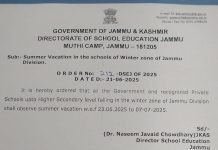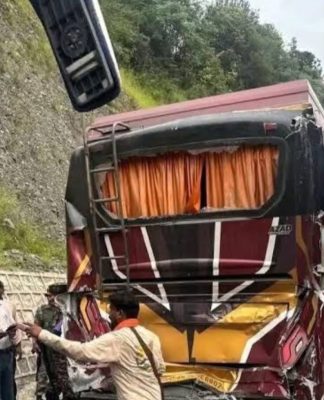The origin of monsoons is not fully understood.
There are several theories that tried to explain the mechanism of monsoons.
Classical Theory
Monsoons are mentioned in scriptures like the Rig Veda. But these scriptures didn’t make any mention of the monsoon mechanism.
The first scientific study of the monsoon winds was done by Arab traders.
Arab traders used the sea route to carry out trade with India and monsoon patterns were of prime importance for them.
In the tenth century, Al Masudi, an Arab explorer, gave an account of the reversal of ocean currents and the monsoon winds over the north Indian Ocean.
In seventeenth century, Sir Edmund Halley explained the monsoon as resulting from thermal contrastsbetween continents and oceans due to their differential heating.
Modern Theories
Besides differential heating, the development of monsoon is influenced by the shape of the continents, orography (mountains), and the conditions of air circulation in the upper troposphere {jet streams}.
Therefore, Halley’s theory has lost much of its significance and modern theories based on air masses and jet stream are becoming more relevant.
Indian Monsoons – Classical Theory: Sir Edmund Halley’s Theory
Summer Monsoon
In summer the sun’s apparent path is vertically over the Tropic of Cancer resulting in high temperature and low pressure in Central Asia.
The pressure is sufficiently high over Arabian Sea and Bay of Bengal. Hence winds flowed from Oceans flow towards landmass in summer.
This air flow from sea to land bring heavy rainfall to the Indian subcontinent.
Winter Monsoon
In winter the sun’s apparent path is vertically over the Tropic of Capricorn.
The north western part of India grows colder than Arabian Sea and Bay of Bengal and the flow of the monsoon is reversed.
The basic idea behind Classical theory is similar to land and sea breeze formation except that in the case of monsoons the day and night are replaced by summer and winter.
Drawbacks: The monsoons do not develop equally everywhere on earth and the thermal concept of Halley fails to explain the intricacies of the monsoons such as the sudden burst of monsoons, delay in on set of monsoons sometimes, etc..
Indian Monsoons – Modern theory: Air Mass Theory
According to this theory, the monsoon is simply a modification of the planetary winds of the tropics.
The theory is based on the migration of ITCZ based on seasons.
Indian Monsoons – Role of ITCZ [Inter-Tropical Convergence Zone]
The southeast trade winds in the southern hemisphere and the northeast trade winds in the northern hemisphere meet each other near the equator.
The meeting place of these winds is known as the Inter-Tropical Convergence Zone (ITCZ).
This is the region of ascending air, maximum clouds and heavy rainfall.
The location of ITCZ shifts north and south of equator with the change of season.
In the summer season, the sun shines vertically over the Tropic of Cancer and the ITCZ shifts northwards.
The southeast trade winds of the southern hemisphere cross the equator and start blowing in southwest to northeast direction under the influence of Coriolis force.
These displaced trade winds are called south-west monsoons when they blow over the Indian sub-continent.
The front where the south-west monsoons meet the north-east trade winds is known as the Monsoon Front (ITCZ). Rainfall occurs along this front.
In the month of July the ITCZ shifts to 20°- 25° N latitude and is located in the Indo-Gangetic Plain and the south-west monsoons blow from the Arabian Sea and the Bay of Bengal. The ITCZ in this position is often called the Monsoon Trough [maximum rainfall].
The seasonal shift of the ITCZ has given the concept of Northern Inter-Tropical Convergence Zone (NITCZ) in summer (July – rainy season) and Southern Inter-Tropical Convergence Zone (SITCZ) in winter (Jan – dry season).
NITCZ is the zone of clouds and heavy rainfall that effect India.

















































